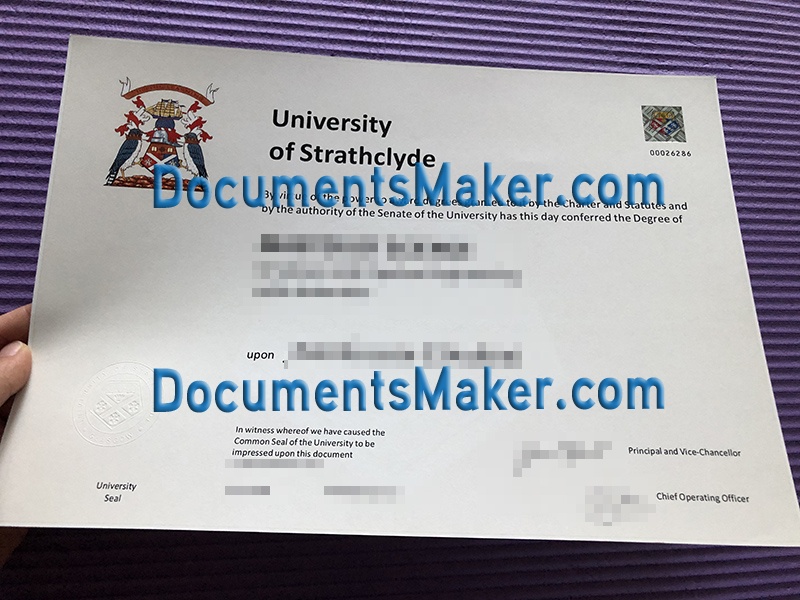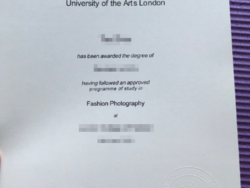Truth About University of Strathclyde fake certificate of completion

- Posted by
- Posted in UK Degree Sample
The University of Strathclyde (Scottish Gaelic: Oilthigh Srath Chluaidh), also translated as the University of Strathclyde or the University of Schiphol, was founded in 1796 in Glasgow, Scotland’s largest city.How to order a fake University of Strathclyde diploma certificate,where to buy a fake University of Strathclyde degree, , Get a fake University of Strathclyde transcript online How to get a fake University of Strathclyde diploma, Buy a fake University of Strathclyde transcript. Year is the second university in Glasgow. It originated from Anderson’s Institution, founded in 1796, and became the first university of science and technology in the UK in 1964. Its name is to commemorate the Kingdom of Strathclyde. The school is the first institution in the UK to offer a marketing major, and is the only UK institution of higher learning that uses marketing as an independent discipline.how much for University of Strathclyde fake degree, buy University of Strathclyde fake diploma, buy fake degree certificate in Indiana, buy University of Strathclyde fake diploma and transcript.The internationally renowned Strathclyde Business School (SBS) is one of the largest business schools in Europe, as well as the European Quality Certification System (EQUIS), the British Association of Business Masters (AACSA) and the International Association of Business Schools ( AACSB) “Triple Certification” business school. In 2008, the Times Higher Education Rankings and the Financial Times were ranked among the top TOP30 business schools by the Strathclyde Business School (SBS). In the 2009 evaluation of the quality of teaching in higher education in the UK, the University of Strathclyde scored 92 points, reaching the level of “excellent” and “high satisfaction”. In the 2017 Full University Guide Accounting and Finance Admissions Standards, the University of Strathclyde has an average UCAS score of 513 points, ranking first in the UK. It is now the third largest university in Scotland by number of students, with students from more than 100 different countries. The UK ranks around 30 and is longer than engineering and business. The University of Strathclyde is ranked 72nd in the 2017 Global Economist MBA Rankings. Originally from Anderson’s Institution, founded in 1796, the founder is John Anderson, a professor of natural history at the University of Glasgow. Anderson’s widow donated most of his property to form the second university in Glasgow. The teaching philosophy was “useful learning”, focusing on practical subjects, aimed at human interests and scientific advancement. Create a useful learning place (“for the good of mankind and the improvement of science, a place of useful learning”). The University of Strathclay later named the central campus the John Anderson Campus to commemorate him. In 1828, the institution was renamed Anderson’s University, but because it was not recognized by law, the title of “University” was revoked in 1887. [5] The name was changed to Glasgow and West of Scotland Technical College, in 1912 to become Royal Technical College, and in 1956 to become Royal College of Science and Technology. Focus on science and engineering teaching and research. Undergraduate students are awarded a degree from the University of Glasgow or a degree in the Royal College of Science and Technology. Under the leadership of the principal, Samuel Conan (an internationally respected nuclear physicist and inventor of the scintillation counter), the Royal College received a university degree and in 1964 acquired the Royal Charter to become the University of Strathclyde. Also merged with the Scottish College of Commerce. Although the Robbins report was released during the same period, the university was not the product of this report, and the decision to upgrade it to the university appeared in the 1960s earlier than this. In 1993, he merged with the Jordanhill College of Education. The university grew from approximately 4,000 full-time students in 1964 to more than 20,000 students in 2003, when it celebrated the 100th anniversary of the foundation of the original Royal College building.



